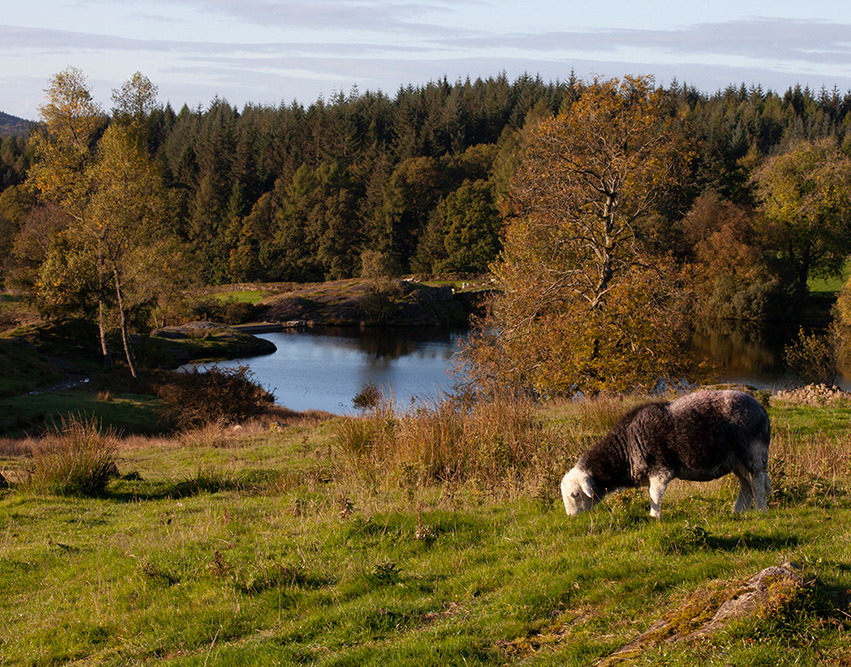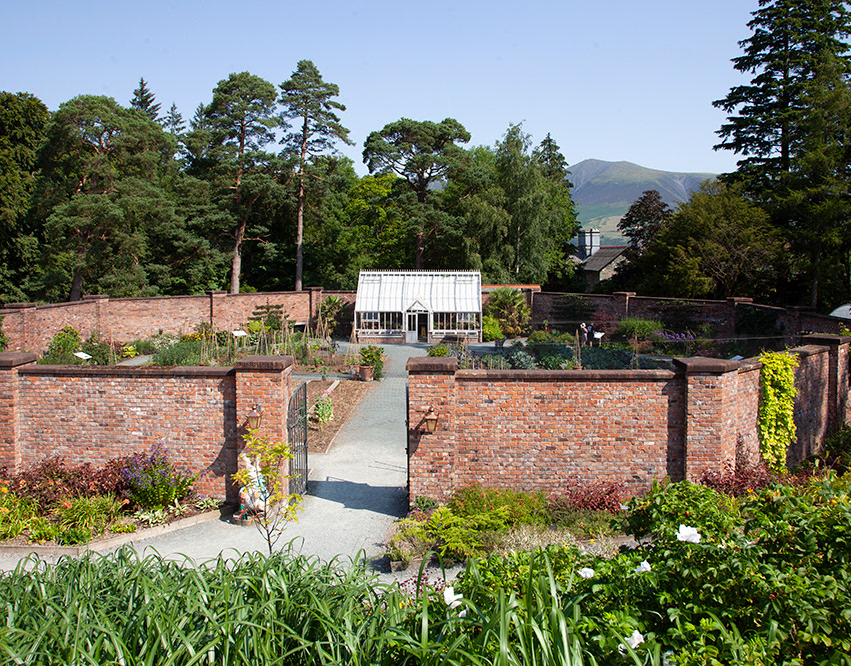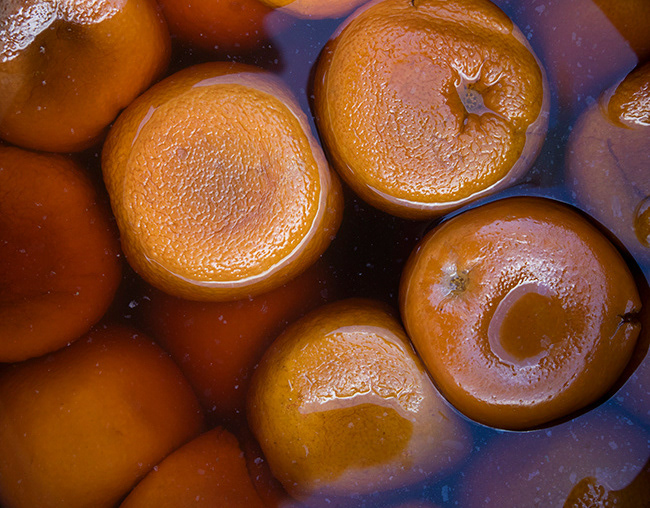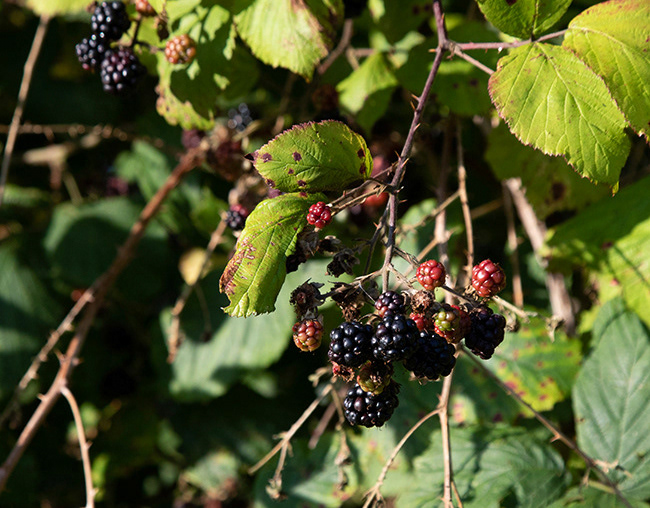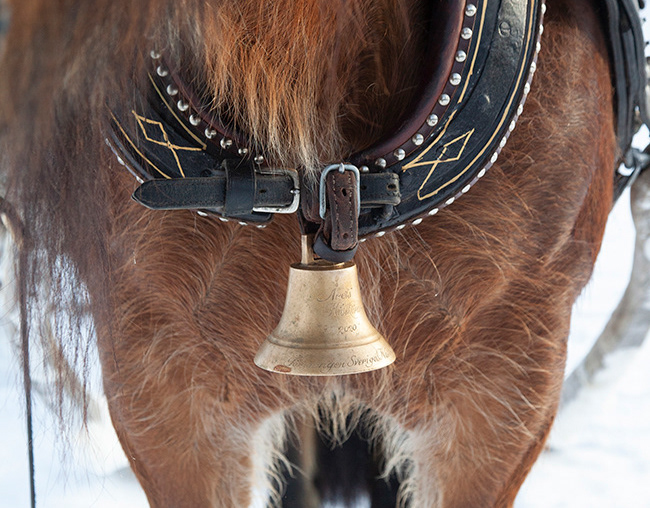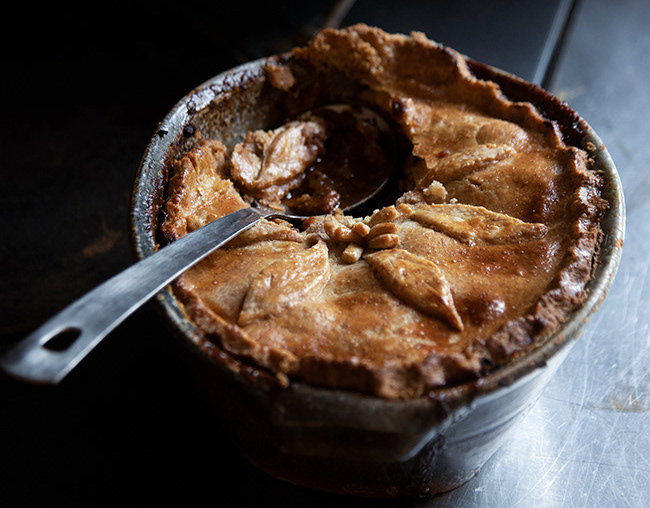Photography & words: © Anna Rubingh
Recipes: Philippa Vine

ED 001

ED 002
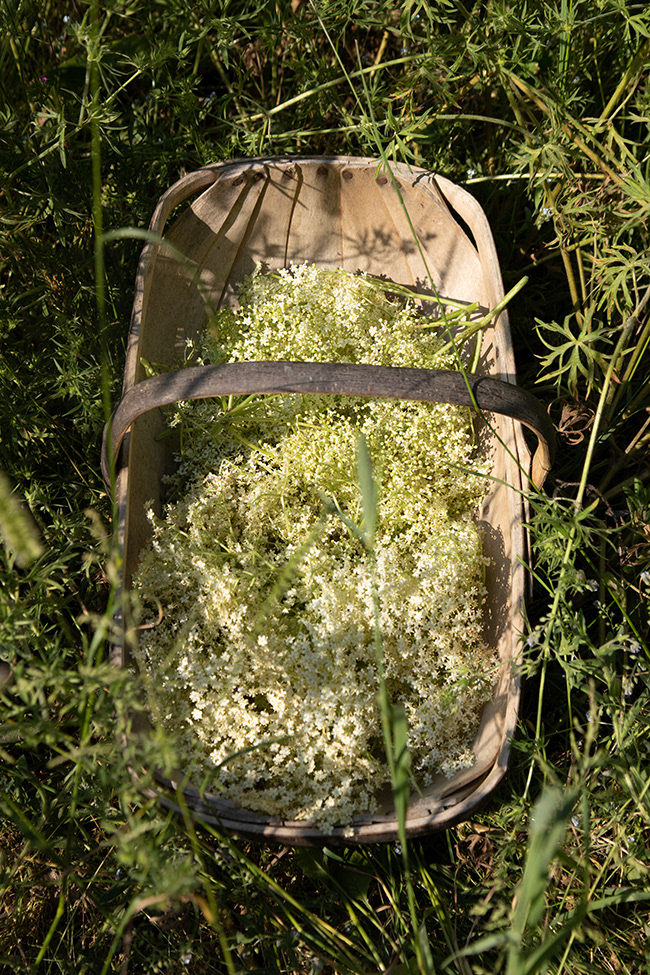
ED 003

ED 004

ED 005
To most it is just an ordinary tree, but there is so much more to the elder. It is loved by foragers and traditionally surrounded by mythology and symbolism. An elder in your yard keeps the devil away, but if you burn elder wood, you will, on the other hand, see the devil. Some tales even say that if you burn elder wood, you burn witches and that will bring bad luck for a long time.
But however the old folk tales go, the elder is loved by wildlife. The flowers provide nectar for a large variety of insects and the berries are eaten by birds and small mammals. And the tree is a pioneer that easily gets to bare ground and creates a habitat for new life.
Besides the common elder (Sambucus nigra), found widely throughout Europe, there are many different varieties. Elder with dark red leaves and pink flowers, such as Thunder Cloud and Black Lace that make an eye-catcher in any garden (and give beautiful red-pink cordial!). Or varieties selected for their fruits and flowers, like Godshill from the Isle of Wright, which has larger berries than the common elder.
Philippa Vine foraged the fragrant elderflowers to make some delicious seasonal recipes using gooseberries for acidity "Gooseberries are a great local alternative to lemons," she explains.
She makes cordials, fragrant summer cakes and tarts and easy desserts, all featuring elderflower. Savoury-wise she adds some extra summer flavour to seasonal salads using elderflower vinegar.
And what could be better than ending an early summer’s day with an elderflower vodka in the late afternoon sun. Cheers! To All Things Elder!
And what could be better than ending an early summer’s day with an elderflower vodka in the late afternoon sun. Cheers! To All Things Elder!
A story about the elder featuring beautiful seasonal elderflower recipes by Sussex-based recipe writer and cook Philippa Vine.

ED 006

ED 007

ED 008

ED 009

ED 010

ED 011

ED 012
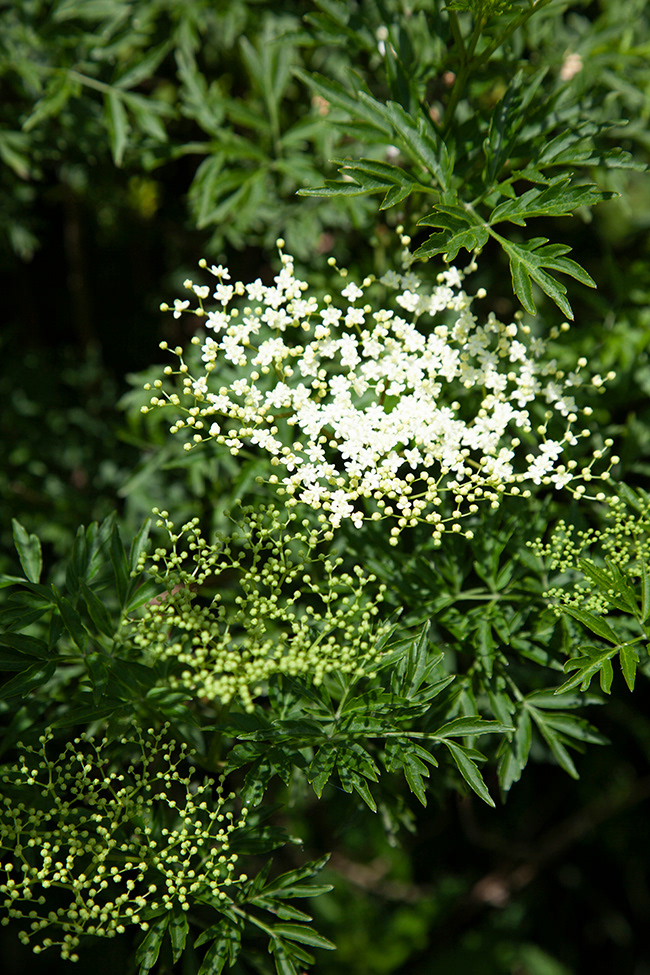
ED 013
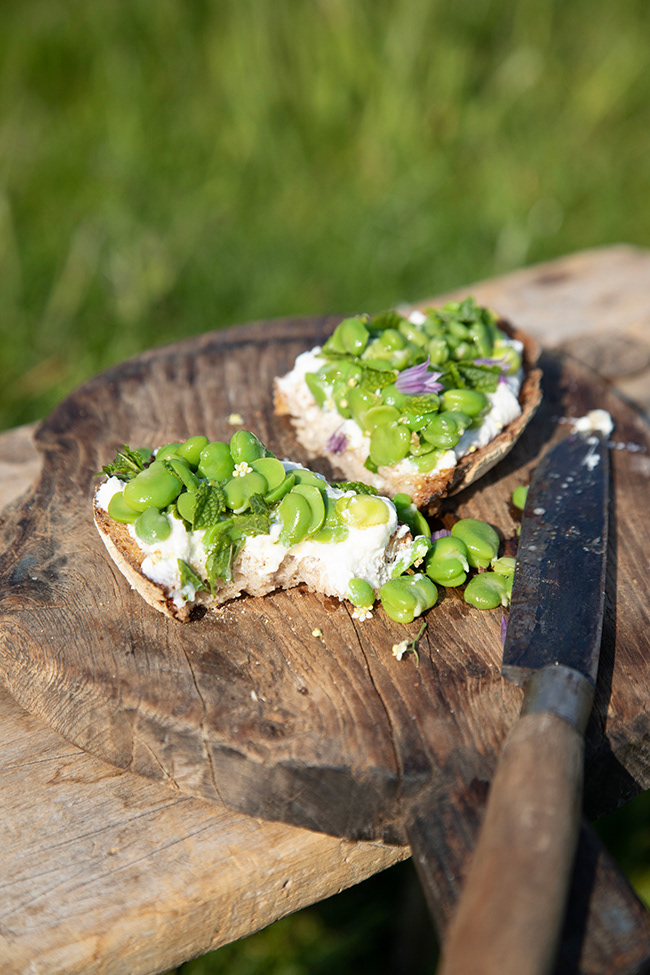
ED 014

ED 015

ED 016

ED 017

ED 018

ED 019

ED 020 Godshill
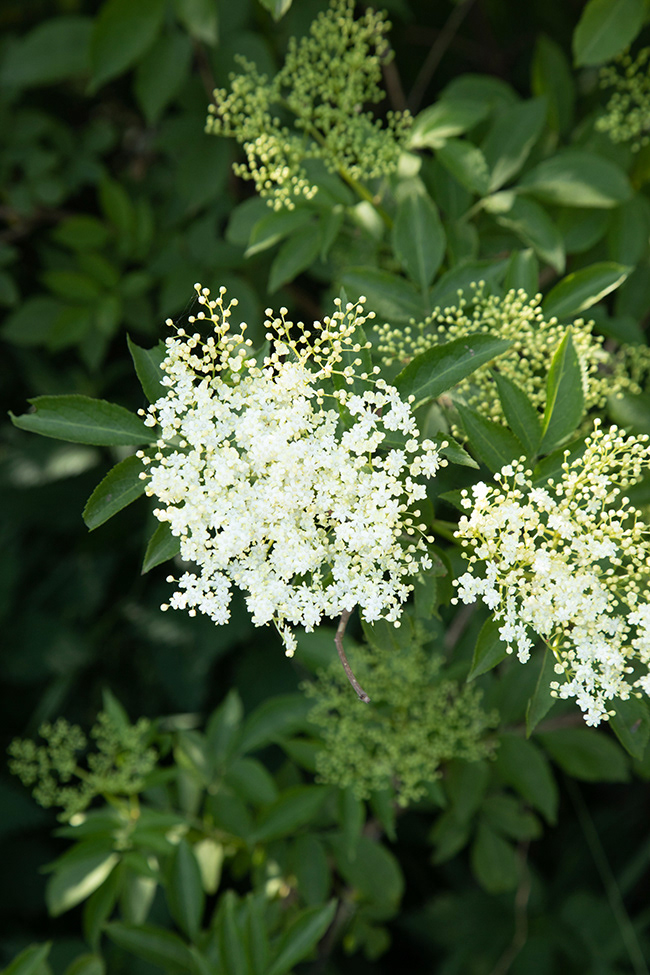
ED 021 Godshill

ED 022 Thundercloud

ED 023 Black Lace

ED 024 Donau

ED 025 Laciniata
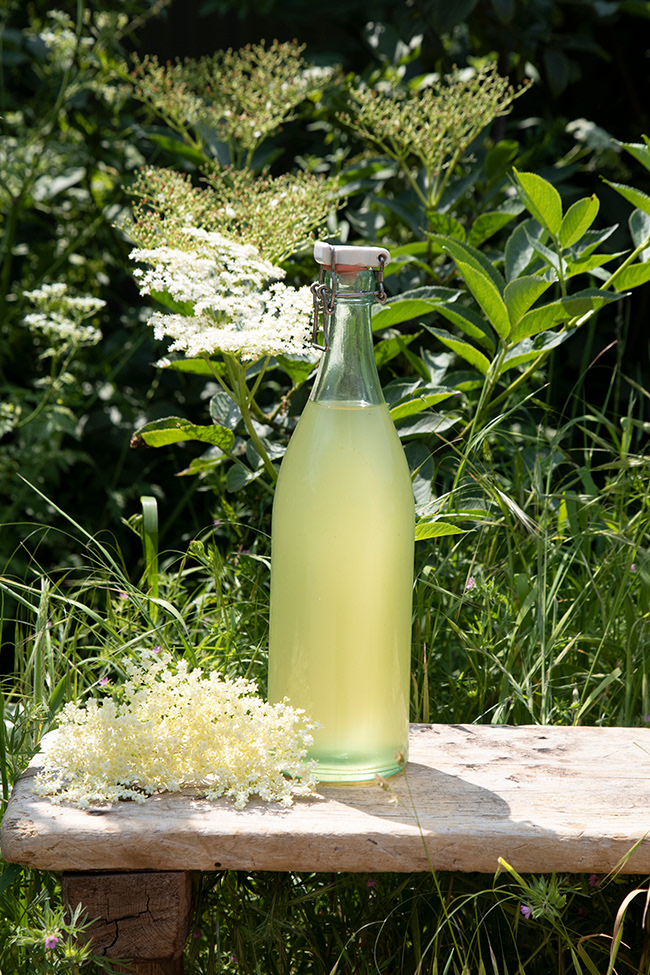
ED 026

ED 027

ED 028

ED 029

ED 030

ED 031

ED 032

ED 033

ED 034
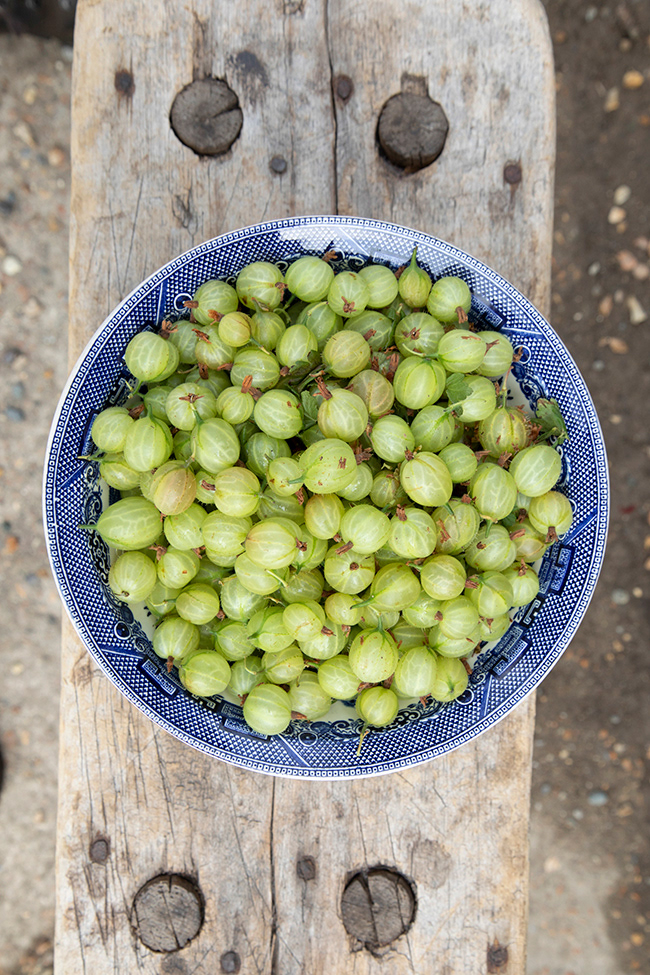
ED 035

ED 036

ED 037

ED 038

ED 039

ED 040

ED 041

ED 042

ED 043

ED 044

ED 045

ED 046

ED 047

ED 048

ED 049

ED 050

ED 051

ED 052

ED 053

ED 054

ED 055

ED 056

ED 057

ED 058

ED 059

ED 060

ED 061 Thundercloud

ED 062

ED 063 Naomi

ED 064

ED 065

ED 066

ED 067 Samidan

ED 068

ED 069 Samidan
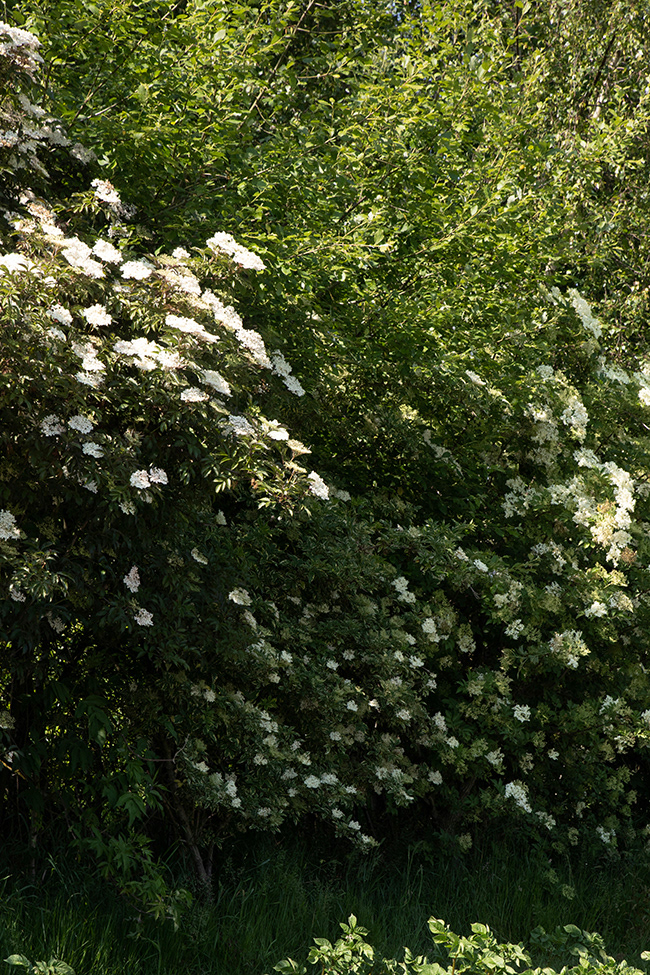
ED 070

ED 071 Black Lace

ED 074

ED 075 Naomi

ED 073



